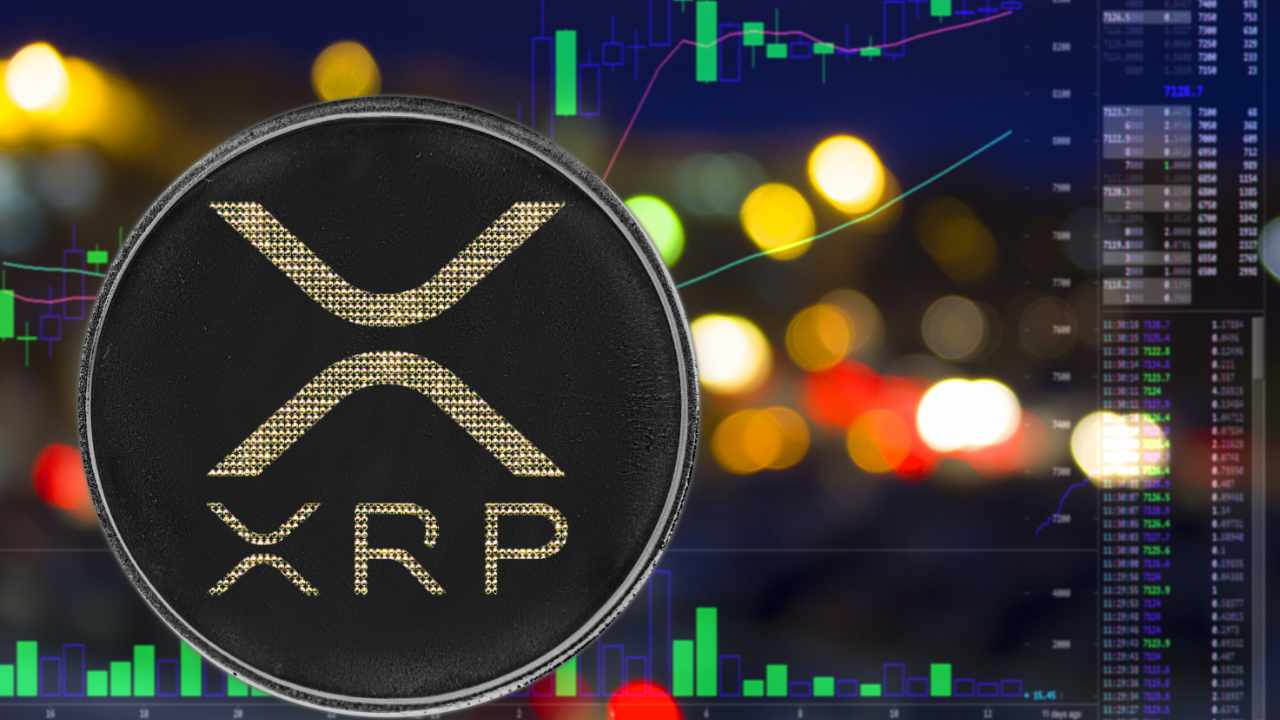The Ripple-SEC legal battle over XRP has been a defining moment for the cryptocurrency industry, shaping regulatory clarity and market sentiment. The case, which began in December 2020, centered on whether XRP—a digital asset with a market cap ranking among the top six globally—should be classified as a security under U.S. law. The SEC alleged that Ripple Labs, the company behind XRP, had conducted an unregistered securities offering worth over $1.3 billion. Ripple countered that XRP did not meet the criteria of the Howey Test, the legal framework used to determine whether an asset qualifies as a security.
The legal battle reached a pivotal moment in July 2023 when Judge Analisa Torres issued a split decision. She ruled that while Ripple’s institutional sales of XRP did violate securities law, sales of XRP on public exchanges did not. This distinction was crucial, as it meant that XRP was not a security when traded on secondary markets—a landmark ruling that provided much-needed clarity for the crypto industry. The decision was seen as a victory for Ripple and the broader cryptocurrency market, as it suggested that not all digital assets would be automatically classified as securities.
Despite this partial victory, the legal saga took another turn when Ripple and the SEC attempted to settle the case. The two parties proposed a joint motion to reduce Ripple’s fine from $125 million to $50 million and lift certain restrictions on XRP sales. However, Judge Torres rejected the motion, citing procedural grounds. She argued that the joint request did not meet the legal standard required to alter a final judgment under Federal Rule of Civil Procedure 60. This setback, while frustrating for Ripple, did not undermine the core legal status of XRP. Ripple’s Chief Legal Officer, Stuart Alderoty, emphasized that the ruling did not change the fact that XRP remains a non-security in public markets.
The implications of this legal battle extend far beyond Ripple and XRP. The case has set a precedent for how U.S. law treats cryptocurrencies, providing guidance for other digital assets and their issuers. The distinction between institutional sales and retail trading on exchanges is particularly significant, as it suggests that the regulatory treatment of crypto assets may vary depending on the context of their sale. This nuance is likely to influence how new projects, exchanges, and investors approach token sales and compliance in the future.
For Ripple, the legal battle has had both positive and negative consequences. On one hand, the company has secured a crucial legal victory that reinforces the legitimacy of XRP as a non-security in secondary markets. On the other hand, the unresolved fine and restrictions on certain institutional sales remain a challenge. Ripple has indicated that it will refile its settlement motion, this time ensuring compliance with the procedural requirements. The company continues to expand its business outside the U.S. and highlights the legal clarity surrounding XRP as a key advantage in attracting institutional partners.
The SEC’s approach to the case also reflects a broader shift in regulatory attitudes toward cryptocurrencies. The commission’s willingness to recognize XRP’s non-security status in secondary markets, despite its initial aggressive stance, suggests a growing acknowledgment that not all digital assets fit the traditional definition of a security. This evolution in regulatory thinking is likely to have ripple effects across the crypto industry, as other projects and investors navigate the complex landscape of digital asset regulation.
Market reaction to the legal developments has been volatile, with XRP’s price fluctuating in response to court rulings and settlement attempts. The initial victory in July 2023 led to a surge in XRP’s value, reflecting market optimism about regulatory clarity. However, the recent rejection of the joint settlement triggered a dip in the token’s price, highlighting the ongoing uncertainty and anxiety among investors. This volatility underscores the delicate balance between legal progress and market sentiment in the cryptocurrency space.
Looking ahead, the path forward for Ripple and XRP remains uncertain but promising. The company has the opportunity to refile its settlement motion and potentially secure a more favorable outcome. If successful, this could bring finality to one of the most significant legal battles in crypto history and further solidify XRP’s status as a non-security in secondary markets. For the broader industry, the Ripple-SEC case serves as a case study in the evolving regulatory landscape, offering insights into how digital assets are likely to be treated under U.S. law.
In conclusion, the Ripple-SEC legal battle has been a landmark event for the cryptocurrency industry, providing valuable clarity on the regulatory treatment of digital assets. While the case is not yet fully resolved, the core legal status of XRP as a non-security in secondary markets remains intact. This precedent is likely to influence future regulatory decisions and shape the strategies of crypto projects, exchanges, and investors. As the legal saga continues to unfold, the industry watches closely, recognizing that the outcome will have far-reaching implications for the future of digital assets in the United States and beyond.

